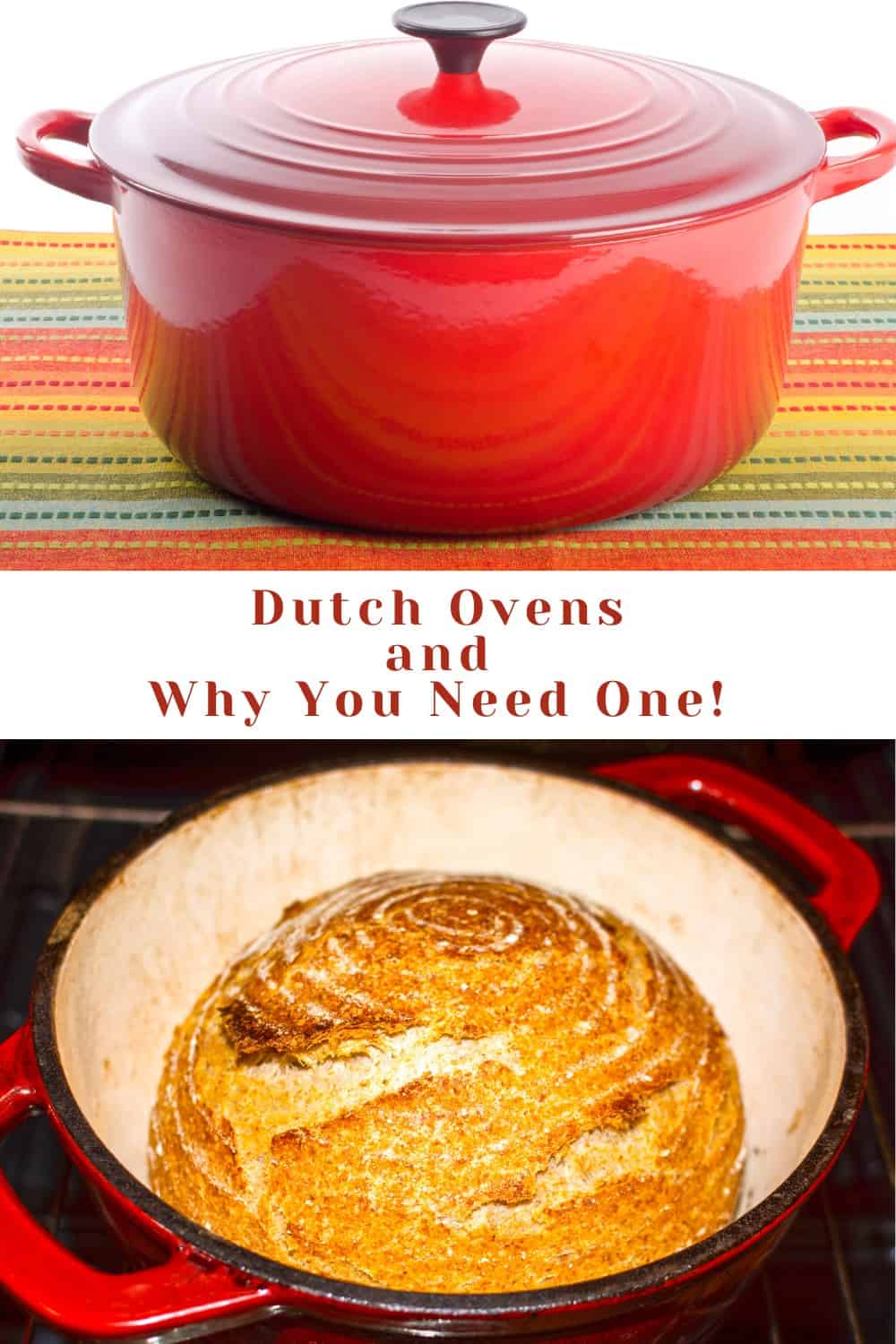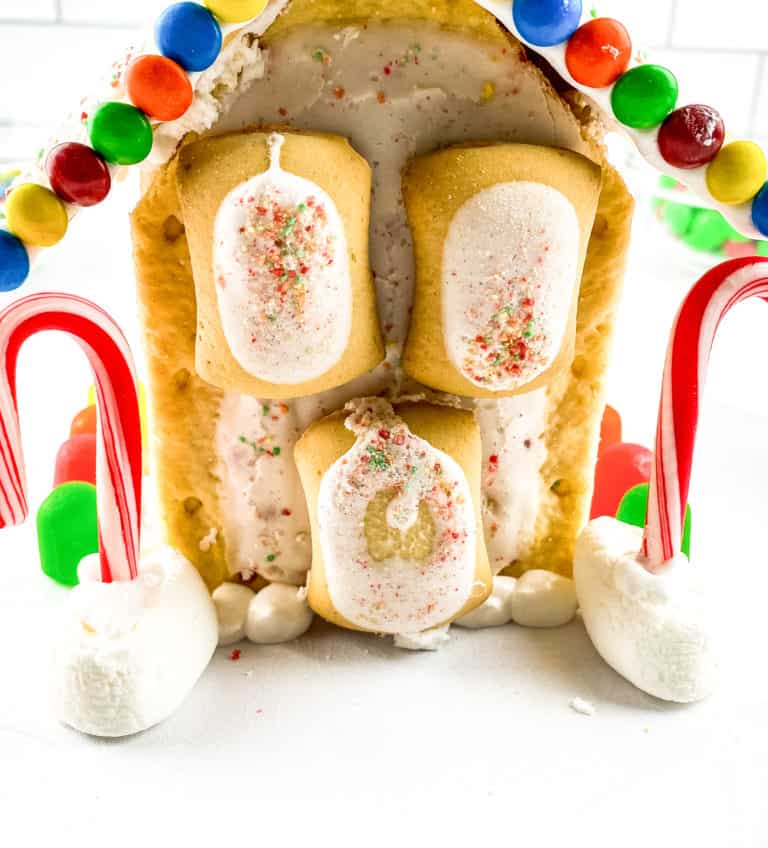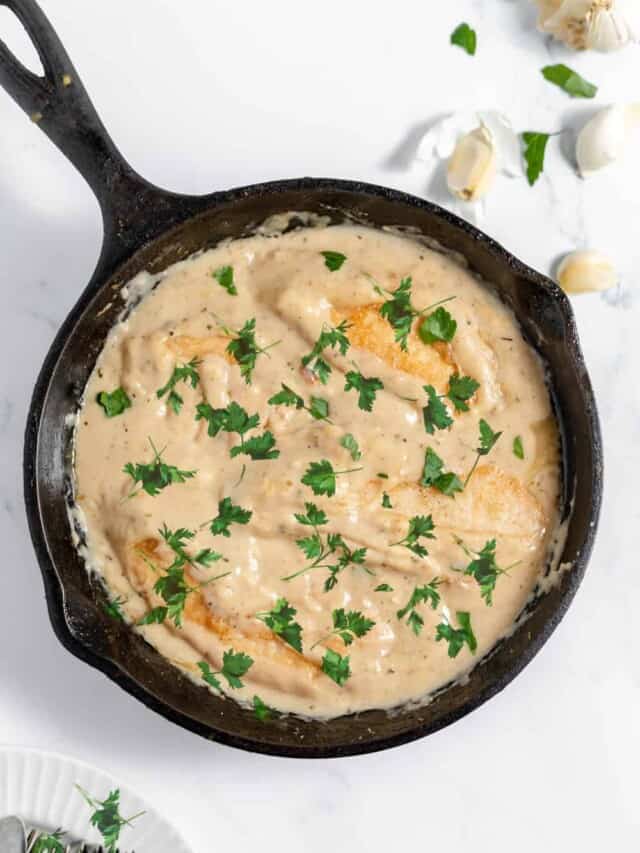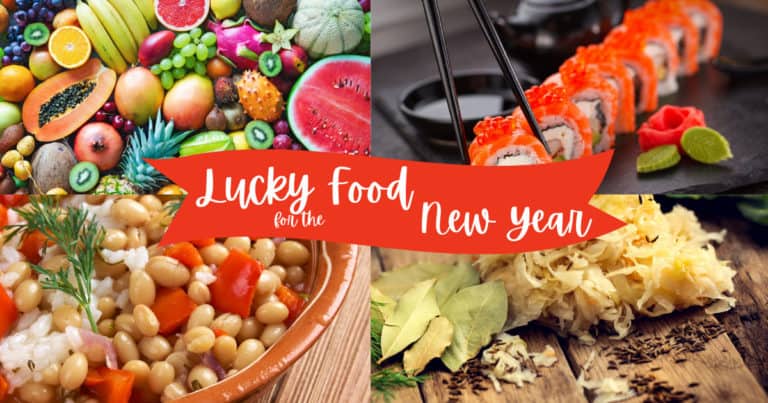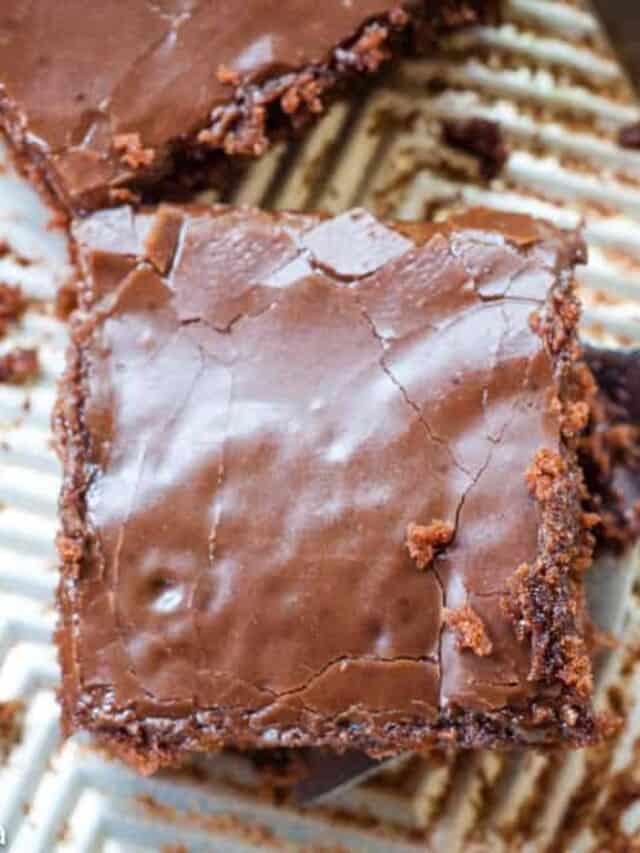Dutch Oven Love
If there is ONE cooking pot in my kitchen, it’s going to be a Dutch oven! They’re known for heavy construction and tight-fitting lids. And those features make them versatile for different cooking methods, from slow-cooking stews to baking bread. To me, that makes them my all-time favorite go-to pot for just about everything.
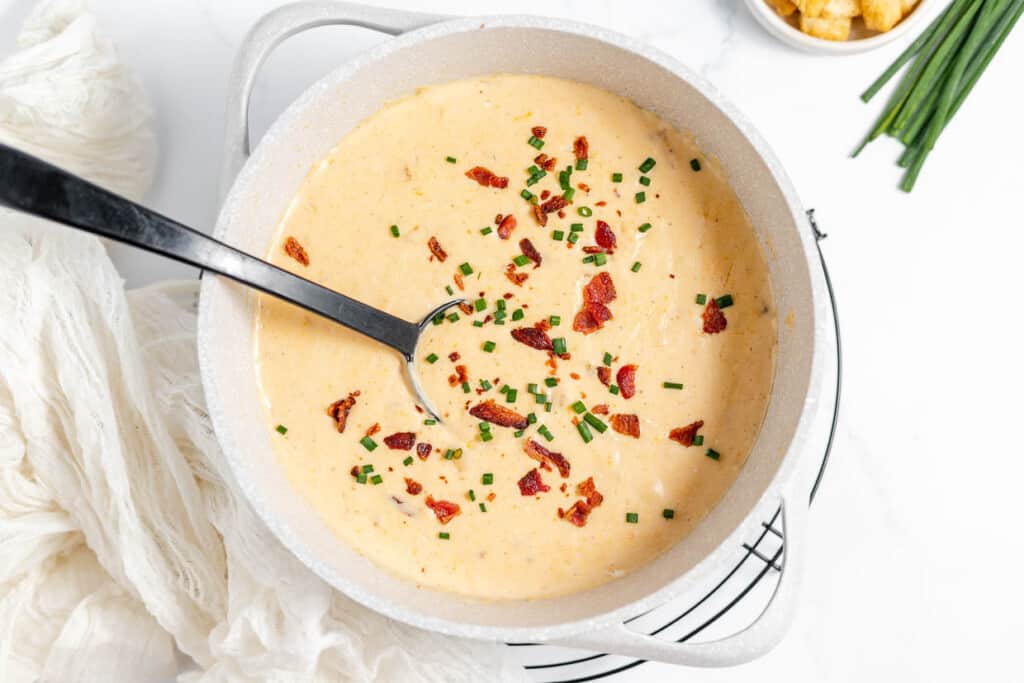
Why I love them!
The thick walls of Dutch ovens provide even heat distribution, which is crucial for consistent cooking. They are particularly effective for recipes that start with a sear on the stovetop and then are transferred to the oven, like braised meats or one-pot meals. Dutch ovens are ideal for dishes that require long, slow cooking times, as they retain heat well and cook food evenly.
Types of materials
Modern Dutch ovens are made from different materials, such as cast iron and aluminum. Each has properties that make them appealing and useful in particular situations or cooking styles. Personal preference also plays a part in choosing a certain type of Dutch oven over others. Before buying a Dutch oven, make sure to consult the owner’s manual for any limitations regarding heat or cooking methods and weigh them against how you plan to use it
“I love Dutch ovens and think they’re the secret kitchen MVP! They make stews, soups, breads and even rice cook better and prevent burns. I’ve tried cheap and expensive Dutch ovens and strongly believe in cast-iron-only brand names such as Staub or Le Creuset. Everything else cooks unevenly and burns over time.”
— Ksenia Prints, At the Immigrant’s Table
Now on to those materials
Pick the right material for your intended uses. While all of these pots are useful some of them will be more helpful if you can match the need to the pot.
Cast iron: Dutch ovens constructed from cast iron are popular and iconic. Users love them for their remarkable heat retention and uniform distribution, making them ideal for slow cooking, roasting, braising and baking. These ovens are available in various sizes and are often seasoned with oil or fats to develop a non-stick surface.
Enameled cast iron: Enameled pots feature a layer of enamel coating on the cast iron, which prevents rust and eliminates the need for seasoning. This proves perfect for dishes with acidic ingredients, as the enamel prevents adverse reactions.
Additionally, enameled versions come in various colors, adding a touch of style to the kitchen. The only thing you need to do is pick your perfect color! I’m a Le Creuset Flame kinda girl. But as I grew up, I realized that other colors from other companies are worthy of my time, too.
Aluminum: Lightweight aluminum construction is exceptionally well suited for outdoor culinary endeavors such as camping. They heat up rapidly but may not retain heat as effectively as cast iron. Nevertheless, aluminum ovens remain versatile and hold a special place among campers and cooking enthusiasts.
Stainless steel: Stainless steel is celebrated for its durability and staining resistance, making it easy to clean. While stainless steel Dutch ovens typically don’t match cast iron’s heat retention, they excel in tasks such as simmering and boiling.
Additionally, they are less reactive to acidic ingredients than uncoated cast iron, making them suitable for a broad range of dishes.
“My Dutch oven is the pot I pull out to make almost everything in my kitchen. I prefer the ceramic-coated cast iron ones because they’re simple to use and clean. They hold and distribute heat evenly, meaning I can make anything from macaroni and cheese to my favorite soups to pot roast in them.”
— Michelle Price, Honest and Truly

Why and when to use a Dutch oven
Whether you’re baking bread, braising a roast or cooking a chicken, it can be done in a Dutch oven. Their versatility makes them an excellent choice for an essential tool in every kitchen.
- Slow-cooking and braising: Dutch ovens are perfect for gradual culinary preparations such as stews, soups and braised meats. Their substantial, dense walls ensure a consistent temperature and maintain the moisture content in dishes, resulting in enhanced flavors.
- Roasting: Dutch ovens excel at roasting meats and vegetables in the oven. The secure-fitting lid guarantees heat and moisture retention, culminating in tender and succulent roasts. The lid can be removed when roasting a chicken for crispy skin.
- Bread baking: Employing a Dutch oven for artisanal bread baking produces remarkable results. The covered pot creates a steamy environment, producing a crisp crust and a soft, airy interior when baked in the oven.
- Deep frying: The depth of Dutch ovens accommodates deep-frying tasks, such as cooking crispy chicken or homemade donuts. The high sides more effectively prevent oil splatters than a frying pan.
- Browning: Again, with the oil splatter. Using a deep pot like a Dutch oven cut’s down on the mess. This right here is one of the best reasons to use a Dutch oven for all your browning and frying needs.
- One-pot meals: Dutch ovens prove ideal for one-pot meal preparations where all the ingredients are cooked together. If you’re making chicken and dumplings, chili or a hearty pasta dish, the process is streamlined when you can get it all in one pot.
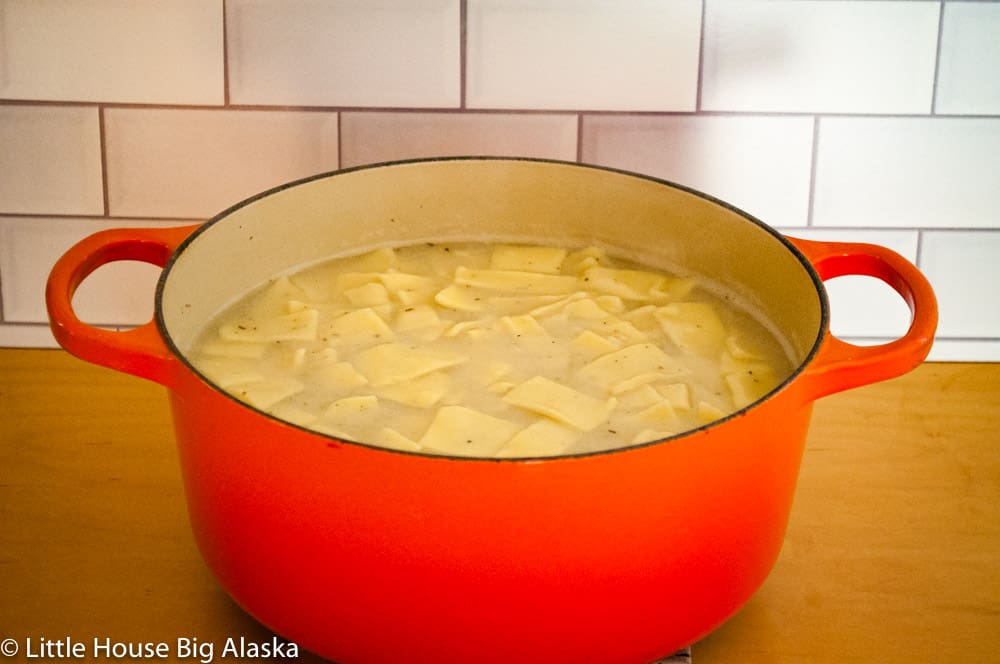
- Soups and stocks: A Dutch oven’s even heat distribution is perfect for simmering soups and stocks over extended periods, ensuring harmonious flavor integration. Plus, a tight-fitting lid means you can take it off the heat and put it on the table, and the pot will keep foods warmer longer.
- One more note on versatility: most ovens can be used over any heat source. They’re compatible with most stovetops, ovens and even open flames, making them exceptionally adaptable for various cooking methods. Be sure to check the owner’s manual for any heat or cooking restrictions such as not using enameled cast iron oven a campfire and so on.
Dutch ovens have stood the test of time for a reason, they’re easy to use and so very versatile!! They can be used in so many ways in the kitchen that they’re indispensable to home cooks, and professionals alike. Choosing a Dutch oven, whether it is in classic cast iron, an enameled version, or another type, opens up many cooking opportunities.

